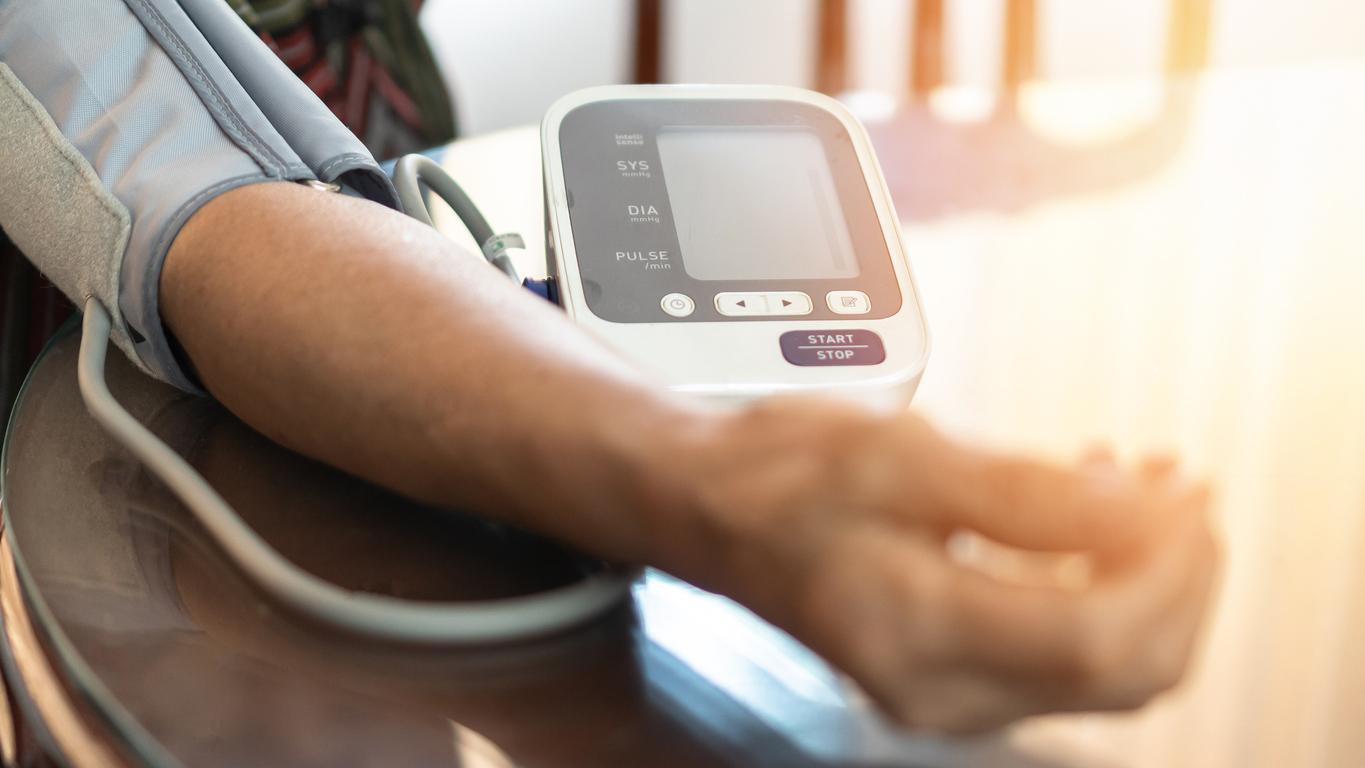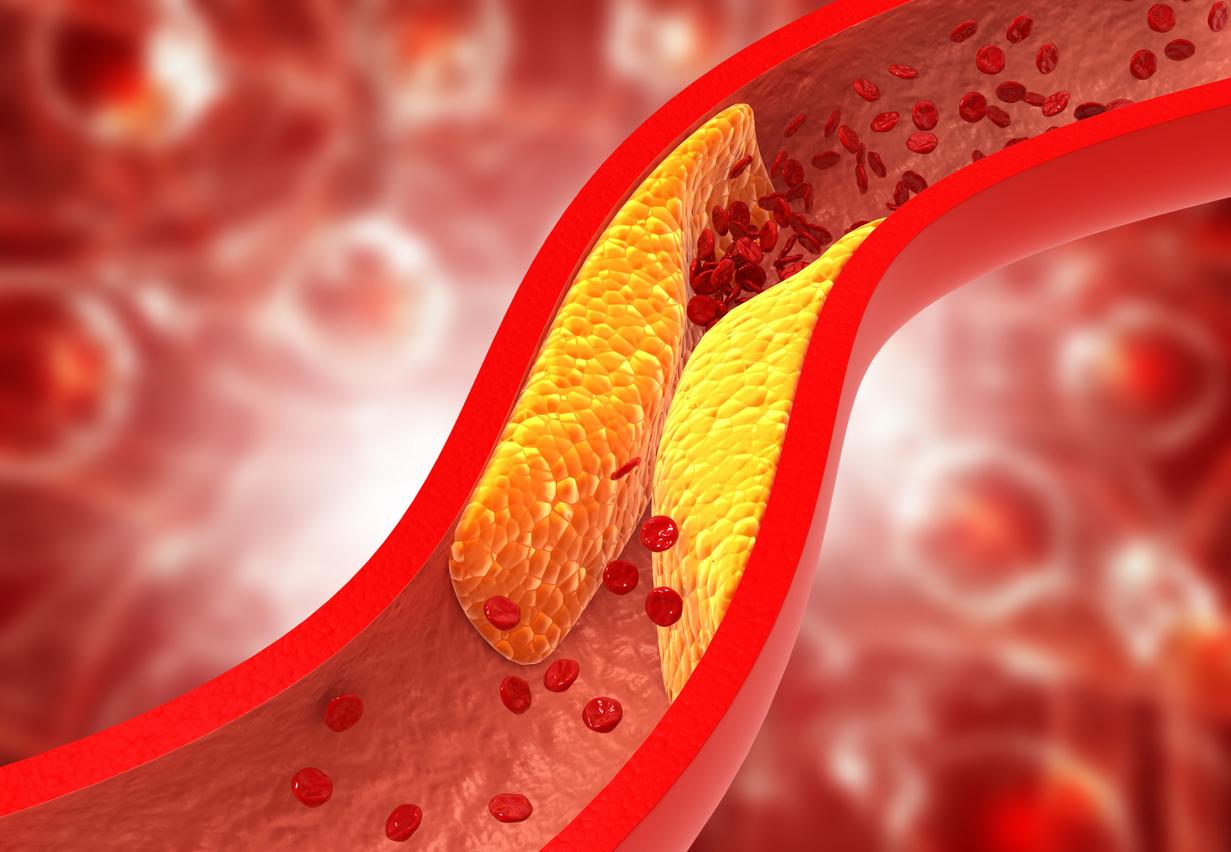Inserm researchers suggest using a tool to measure the stiffness of the arteries to predict the risk of cardiovascular disease.

- As we age, our arteries become increasingly stiff, and this loss of flexibility is associated with an increased risk of cardiovascular disease. According to an Inserm study, it would be possible to predict this risk, and therefore limit breakage, by simply measuring the patient’s arterial stiffness using the CAVI (Cardio Ankle Vascular Index) tool.
- By following 1,250 volunteers, the researchers found that a 10% increase in arterial stiffness was associated with a 25% increased risk of a cardiovascular event in the years following the measurement.
- The CAVI index can therefore be an “easy, quick and non-invasive” measuring tool to predict this cardiovascular risk, according to scientists.
Myocardial infarction, stroke, heart failure… Responsible for more than 140,000 deaths per year, cardiovascular diseases represent the second cause of death in France, behind cancers. Well known, the main risk factors are high blood pressure, smoking, diabetes, high cholesterol, being overweight and even a sedentary lifestyle.
According to one study presented this week by the National Institute of Health and Medical Research (Inserm), it would be possible to predict cardiovascular risk, and therefore limit damage, by simply measuring the patient’s arterial stiffness. An examination which, to date, “is not included in the list of recommended clinical practices”.
Evaluate the progression of arterial stiffness to anticipate cardiovascular risk
As we age, our arteries become increasingly stiff, and this loss of flexibility is associated with increased cardiovascular risk. Inserm researchers wanted to determine whether the Cardio/Ankle Vascular Index (CAVI), a tool for measuring arterial stiffness, could be used to detect this risk. CAVI is measured using four cuffs placed around each arm and each ankle, allowing the stiffness of the femoral artery to the tibial artery to be assessed. A microphone is also placed at the level of the heart to calculate the speed of blood circulation (the higher the number, the greater the stiffness).
During their work, published in the journal eBioMedicine, scientists analyzed data from 1,250 people from 18 European countries, all aged over 40. They had to provide their medical history and undergo a physical examination including a measurement of their arterial stiffness via CAVI. They were then followed for a period of two to five years, with “the objective […] to evaluate the progression of arterial stiffness and correlate this evolution with the general state of health of the participants”, can we read in a Press release from Inserm.

An “easy, quick and non-invasive” tool to predict cardiovascular risk
As a result, the researchers found that “each one-point increase in the CAVI index, which corresponds to an increase of approximately 10% in arterial stiffness, was associated with a 25% increased risk of a cardiovascular event in the years following the measurement “. The conclusion is clear: arterial stiffness increases the risk of cardiovascular disease, and the CAVI index can be a measuring tool. “easy, quick and non-invasive” to predict this risk.
By focusing on what could influence the evolution of arterial stiffness, the team of scientists also noted that arterial stiffness increases with age and with blood pressure. But according to her, some “treatments for cholesterol or diabetes [ont] an effect on the rate of progression of arterial stiffness” : they “could help slow it down.”

















